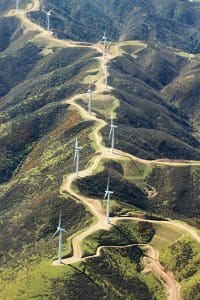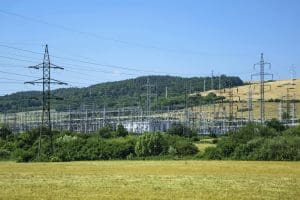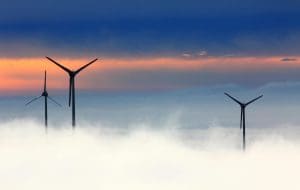Powering New Zealand from a Wellington Wind Farm: A Glimpse into the Future of Energy

Contents
West Wind: Harnessing Wellington's Winds
Perched on the rugged coastline of Makara, just west of Wellington, the West Wind farm is one of New Zealand’s most iconic renewable energy sites. Comprising 62 towering turbines, the site generates enough electricity to power over 70,000 homes each year. Its location was strategically selected for its exposure to some of the country’s most consistent and powerful wind patterns, making it one of the most productive wind farms in the Southern Hemisphere.
But West Wind is more than just a power station—it’s a blueprint for the future of energy in New Zealand. As the country moves to phase out fossil fuels and build a low-emissions economy, large-scale renewable projects like this will become increasingly critical. Wind energy offers a scalable, reliable, and zero-emission solution that complements hydro, solar, and emerging technologies like grid-scale batteries and green hydrogen.
Looking forward, New Zealand’s energy future will rely on a diverse, flexible grid powered by clean sources and supported by smart infrastructure. Investments in transmission, energy storage, and onsite systems—such as backup generators and efficient cooling for critical facilities—will be essential to manage growing demand and climate-related volatility. West Wind stands as a powerful symbol of what’s possible when engineering, environment, and energy policy work in harmony.

Project_West_Wind,_from_the_air
Strengthening the National Grid
The West Wind farm plays a crucial role in stabilizing New Zealand’s electricity supply, especially during periods of drought when hydroelectric generation is limited. By contributing a significant amount of power to the national grid, it helps mitigate the risks associated with relying solely on hydroelectric sources, taking a step toward the future of energy . This diversification becomes especially critical during dry seasons or energy shortages, when traditional sources may fall short.
To meet future demand and withstand extreme weather events or supply fluctuations, New Zealand’s grid must be supported by robust backup systems, real-time data monitoring, and flexible capacity. This is where companies like Shape Energy play a vital role. Our high-performance generators and battery energy storage systems provide essential resilience and standby power, ensuring continuity for mission-critical infrastructure. Strengthening the grid isn’t just about producing more power—it’s about making the entire system smarter, more adaptable, and more secure for generations to come.

Energy Utility Supply
Transitioning from Gas Dependency
New Zealand’s reliance on natural gas has long provided a buffer during periods of peak demand or low hydro generation. However, recent energy shortfalls—such as those experienced during the August dry spell—have exposed the risks of depending too heavily on fossil fuels. As the country works toward the future of energy with a net-zero emissions target by 2050, phasing out gas is not just an environmental imperative, but an economic and strategic one. This transition will require a significant investment in renewable generation, energy storage, and smart infrastructure to ensure consistent and affordable supply.
Wind, solar, and hydro could be the solutions that form the backbone of the future of energy, but they must be supported by resilient systems that can fill gaps and respond quickly to changes in supply and demand.
Shape Energy: Supporting the Renewable Shift
As New Zealand advances toward a more sustainable, resilient energy future, Shape Energy is uniquely positioned to support this transition with a comprehensive suite of engineering services and energy solutions. Our engineering and design team works closely with clients to develop custom energy strategies that meet both environmental and operational goals. From grid-connected renewables to off-grid independence, we help turn energy visions into reality.
Our range of generators ensures reliable backup power across critical infrastructure—essential during outages or when renewable sources temporarily underdeliver. To support the long-term shift away from fossil fuels, Shape also provides robust solar and renewable energy systems that harness clean power from the sun. Coupled with cutting-edge energy storage solutions, these systems offer enhanced grid independence and power continuity, enabling facilities to store surplus energy and use it when it’s needed most.
For communities, remote sites, or industrial operations aiming for full energy autonomy, our microgrid solutions combine renewables, storage, and intelligent controls to create highly efficient, self-sustaining power systems. Whether you’re upgrading a single site or planning for regional energy resilience, Shape Energy offers the technology and expertise to help New Zealand build toward future of energy.

Wind Farm – future of energy